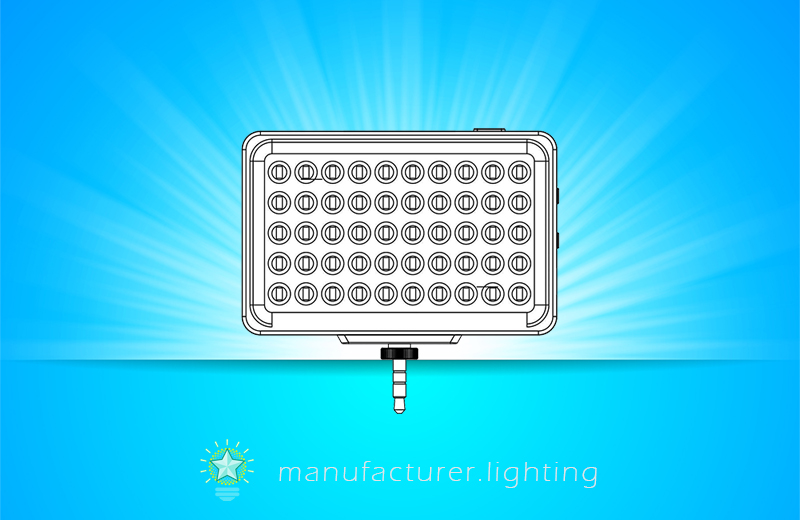
The proper illumination of a subject being photographed is most critical in the production of premium quality photography. Artificial illumination includes direct lighting, indirect lighting, and a variety of light reflectors, flash units, windows, and other light sources are employed to acquire the desired result. The best possible condition is almost always to have general lighting which lights up the object uniformly from all directions without generating glare, and producing only soft shadow, if any. Any desired highlights can then be included with supplemental lamps. Photographers often use softboxes to create soft, even light by directing the light. By diffusing light, the soft box generates a perfect lighting that lets you capture picture-perfect shots. It will likewise cut down blemishes and improve skin tone contrast while offering super rich coloring. To realize a diffuse lighting effect, light can be either directly or indirectly passed through a semi-transparent material, or it may be reflected off a material that will make it scatter somewhat. In studio photography, lighting of a subject is very commonly achieved by utilization of powerful photographic lamps supported by specially adapted stand. LED photographic lights are increasingly more frequently used in advertising and other photographic applications to create special lighting and shadow effects on a scene or object to be photographed by a still or video camera. This produces a more aesthetically attractive, artistic end result.
